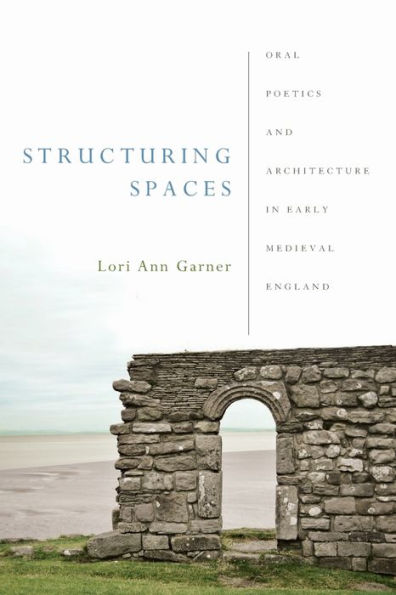Far from conceiving this inherited tradition as monolithic in nature, Structuring Spaces foregrounds the complex interface of orality and literacy as a nexus of varied and multivalent cultural traditions that influenced the production of texts and buildings alike. After establishing a model of architectural poetics based on oral theory and vernacular architecture, Garner explores fictionalized buildings in such works as Beowulf and the Ruin, architectural representation in Old English adaptations of Greek and Latin works, uses of architectural metaphor, and themes of buildings in Anglo-Saxon maxims, riddles, elegies, hagiographies, and charms. Her book draws on scholarship from art history, archaeology, anthropology, and architecture, as well as the great wealth of studies addressing the literature itself.
Far from conceiving this inherited tradition as monolithic in nature, Structuring Spaces foregrounds the complex interface of orality and literacy as a nexus of varied and multivalent cultural traditions that influenced the production of texts and buildings alike. After establishing a model of architectural poetics based on oral theory and vernacular architecture, Garner explores fictionalized buildings in such works as Beowulf and the Ruin, architectural representation in Old English adaptations of Greek and Latin works, uses of architectural metaphor, and themes of buildings in Anglo-Saxon maxims, riddles, elegies, hagiographies, and charms. Her book draws on scholarship from art history, archaeology, anthropology, and architecture, as well as the great wealth of studies addressing the literature itself.

Structuring Spaces: Oral Poetics and Architecture in Early Medieval England
416
Structuring Spaces: Oral Poetics and Architecture in Early Medieval England
416Paperback(1st Edition)
Related collections and offers

Product Details
| ISBN-13: | 9780268029807 |
|---|---|
| Publisher: | University of Notre Dame Press |
| Publication date: | 05/15/2011 |
| Series: | Poetics of Orality and Literacy |
| Edition description: | 1st Edition |
| Pages: | 416 |
| Product dimensions: | 6.00(w) x 9.00(h) x 0.90(d) |
